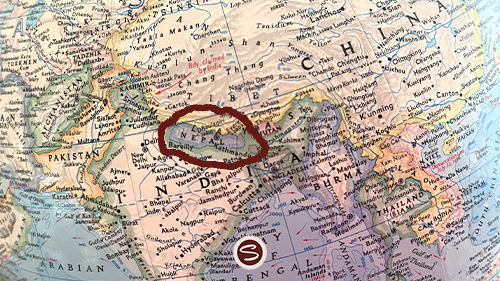Have you ever wondered about the caste system in Nepal and how it affects society?
 photo taken on highway from Chitawan to Kathhmandu, Nepal
photo taken on highway from Chitawan to Kathhmandu, NepalThe caste system in Nepal is a social hierarchy that divides people into different groups based on their ancestry and occupation. This system has been deeply ingrained in Nepalese society for centuries, influencing various aspects of life including marriage, social interactions, and access to resources.
How Does the caste system in Nepal work?
 photo taken on highway from Chitawan to Kathhmandu, Nepal
photo taken on highway from Chitawan to Kathhmandu, NepalAt the top of the caste system are the Brahmins (priests and scholars), followed by the Kshatriyas (warriors and rulers), Vaishyas (merchants and traders), and Shudras (laborers). Below these main castes are the Dalits, who are considered the lowest in the social hierarchy and often face discrimination and marginalization.
Impact on Society
 photo taken on highway from Chitawan to Kathhmandu, Nepal
photo taken on highway from Chitawan to Kathhmandu, NepalThe caste system in Nepal has a significant impact on the daily lives of its people. It can determine opportunities for education, employment, and social mobility. Those belonging to lower castes often face barriers to accessing basic services and are more vulnerable to poverty and social exclusion.
Challenges and Progress
 photo taken on highway from Chitawan to Kathhmandu, Nepal
photo taken on highway from Chitawan to Kathhmandu, NepalWhile the caste system remains a deeply rooted social structure in Nepal, there have been efforts to address caste-based discrimination and promote social inclusion. Organizations and activists are working towards creating a more equal and just society where everyone has equal rights and opportunities.
Understanding the caste system in Nepal is essential for fostering empathy and promoting social change. By learning about the challenges faced by different caste groups, we can work towards building a more inclusive and equitable society for all.
Recent Articles
-
Caste System in Nepal; How does that work?
Mar 22, 25 04:22 PM
Have you ever wondered about the caste system in Nepal and how it affects society? -
Is 14 Karat Gold Real?
Mar 19, 25 02:58 PM
Have you ever wondered is 14 karat gold real? While it may not be as pure as 24 karat gold, it still contains a significant amount of genuine gold. -
Low caste system in Nepal
Mar 18, 25 03:45 PM
Have you ever wondered about the intricacies of the low caste system in Nepal?






